Ring’s smart home devices have been around for years, ever since its video doorbells were the brainchild of Jamie Siminoff and called “Doorbot.” Eventually, that name was changed to Ring, product lines grew to incorporate other devices like security cameras, and in 2018 Amazon purchase the brand.
Ring cams and doorbells in particular have continued to develop, and now there are so many models that newcomers may feel a bit bewildered by their choices. So let’s take a look at the state of these Ring lines, what products they include, and all the key differences that have developed over time.
Ring security cams
Floodlight Cam

Floodlight Cam Wired Plus: The Floodlight Cam line is the only floodlight-based camera that Ring makes. It’s a large security cam only available as a wired model with two large, motion-activated LED floodlights to cover a wide range. The cam itself is similar to the Spotlight Cam, with motion detection, a siren, a 140-degree viewing angle, and color night vision — you just have a lot more light to work with.
Floodlight Cam Wired Pro: This model updates the technology inside with better audio, 3D Motion Detection, tracking software that offers a Bird’s Eye View, and support for dual-band Wi-Fi.
Spotlight Cam
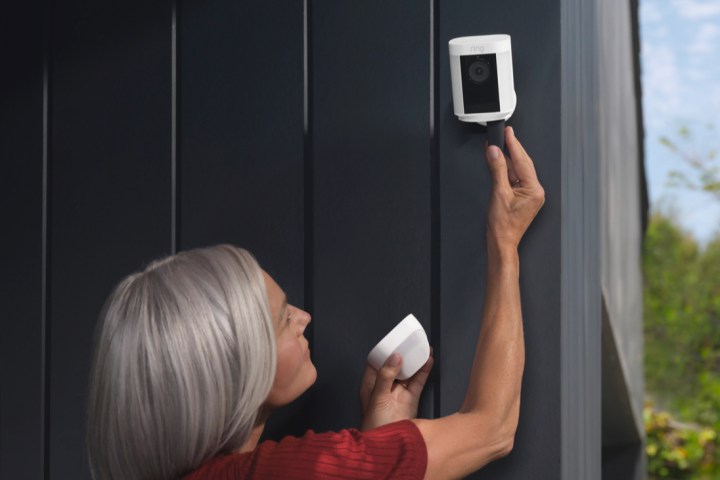
Spotlight Cam Wired: The Spotlight Cam is the core cam product offered by Ring following the success of its floodlight model. This version is a more compact option: a rounded cam perched on a mount with a 140-degree viewing angle, 1080p video, a siren, and color night vision. The big floodlights were replaced with smaller LED panels that didn’t need nearly as much room. Early on, Ring embraced important smart cam features including two-way audio with noise cancellation and advanced motion detection with customization motion zones that helped make this camera the complete package.
Spotlight Cam Battery with Solar: Wired doorbells don’t work for everyone, so it’s no surprise that Ring wanted to release a battery version. With this model, users could mount the cam anywhere, but the battery does need to be recharged every couple of months or so. The other big difference is that night vision was limited to black and white, possibly to save on battery life. Ring sold this model along with a solar panel that could help replenish the battery over time.
Spotlight Cam Pro: In 2022, Amazon made a major update to the Spotlight line with a Pro version that included some of the latest technology in a battery-powered, wireless model. That included updated color night vision, 3D motion detection, Bird’s Eye View motion tracking, and more.
Stick Up Cam
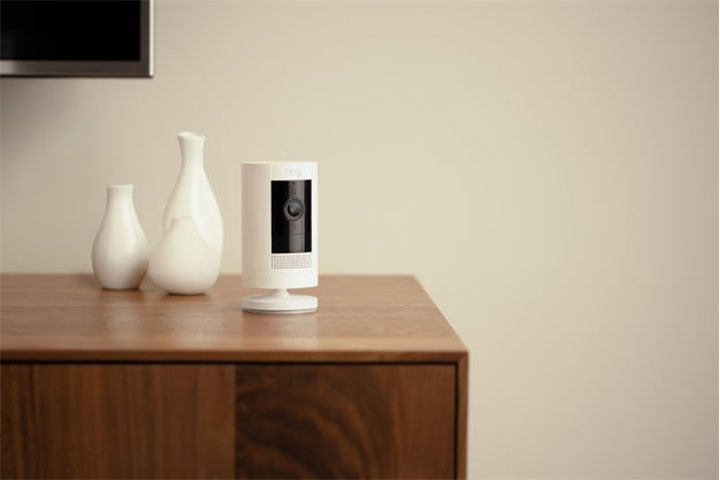
New Ring cams get radar, a fresh design, and now they can dispatch Amazon Astro’s robot
Stick Up Cam Battery/Solar 3rd generation: Ring also began developing a stickup version of its cam, which basically dropped the spotlights and lowered the price for those who wanted an indoor/outdoor cam they could place anywhere. This model was eventually paired with a solar panel, too. While its field of view was a bit smaller at 130 degrees and motion detection was simplified, many other features remained similar to spotlight models, including two-way audio with noise cancellation, color night vision, and advanced motion detection.
Stick Up Cam Plug-in 3rd generation: For this model, Ring switched out the battery for a plug-in version that’s particularly suited for the indoors but can handle some outdoor positions. It also dropped the price to its lowest level for this line. As generations passed, it was updated with better night vision (now in color in the 3rd gen), motion sensors, and more.
Stick Up Cam Elite 2rd generation: The Elite version of the Stick Up cam has a slightly different design, specifically with a PoE (Power over Ethernet) power option in addition to outdoor power, and a larger 150-degree field of view for the camera.
Ring Indoor Cam
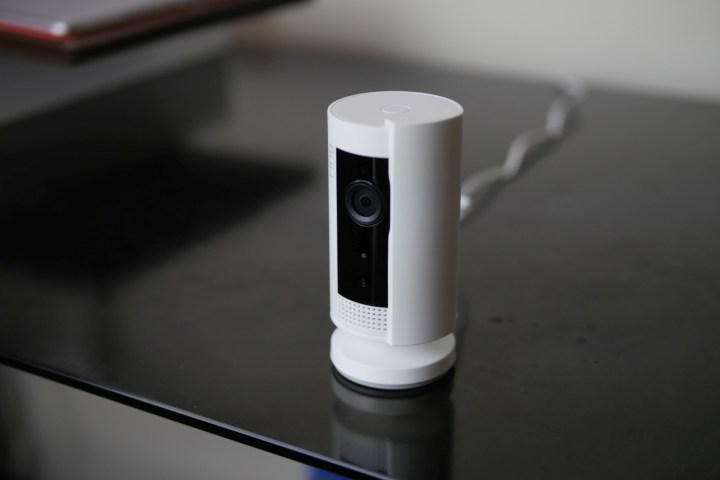
Ring also made a more compact, indoor-only, wired model of its cam. At $60, it was the lowest-priced cam that Ring offered, making it a popular budget pick. Other features remained much the same, including 1080p video, color night vision, customization motion detection, two-way audio, and the 140-degree field of view.
Ring Video Doorbells
Ring Video Doorbell
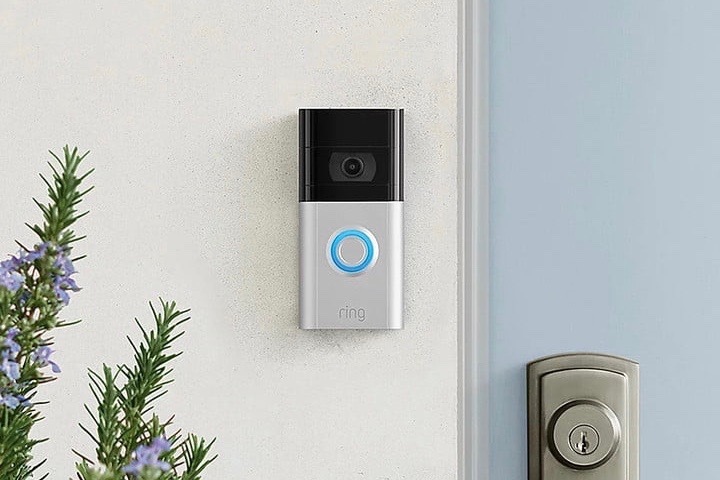
Video Doorbell (2nd generation): The Ring Video Doorbell has seen many iterations over the years, but this is its flagship model with comprehensive smart tech, currently in its second generation. This doorbell, typically wireless by default, included important features like 1080p video with night vision and a 155-degree field of view, two-way audio to talk to visitors, motion sensors with real-time notifications via the Ring app, and other standbys. The second generation added new capabilities like creating Quick Replies.
Video Doorbell Wired: The wired version of the Video Doorbell was similar to the battery model, except it dropped the battery option for a more basic, wired design. Ring also dropped the price considerably, making this the budget pick for Ring doorbells.
Video Doorbell 2: This model was an advanced version of the original Ring Video Doorbell that came with improved resolution, wider field of view, and made other improvements. However, before long it was eclipsed by the Ring Video Doorbell 2nd gen and the Video Doorbell 3, and was entirely discontinued.
Video Doorbell 3: The Video Doorbell continued the efforts of the Doorbell 2 with a wider 160-degree field of view, support for dual-band Wi-Fi, and more faceplate options, plus an extra corner kit. Like the original Video Doorbell, it could be either battery-powered or wired, but it was upgraded to a battery pack that was much easier to remove.
Video Doorbell 4: The Video Doorbell 4 took the features of the Doorbell 3 and added an important capability: Pre-Roll footage that could capture a few seconds before the motion sensor was triggered.
Video Doorbell Pro
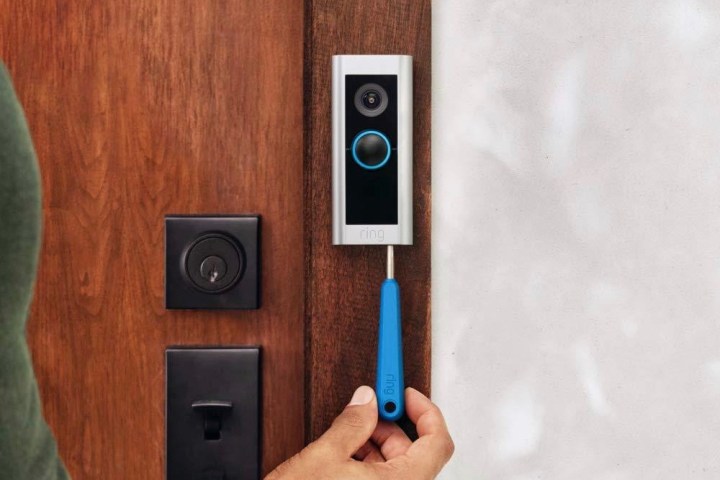
Video Doorbell Pro: Ring built the hardwired Video Doorbell Pro as a more powerful alternative to its original line, and included several important updates. The battery pack and Wi-Fi got an upgrade as with the Doorbell 3, plus interchangeable faceplate options. Built-in Alexa Greetings were also added to enhance Quick Replies, and Pre-Roll technology was included, too. The overall design was also updated to be a bit slimmer
Video Doorbell Pro 2: The Pro 2’s technology supported a number of newer upgrades to the Doorbell Pro features. Those included better two-way audio, a bump in resolution to 1536p, 3D Motion Detection, and support for video modes like Bird’s Eye View and Head-to-Toe video.
Video Doorbell Elite
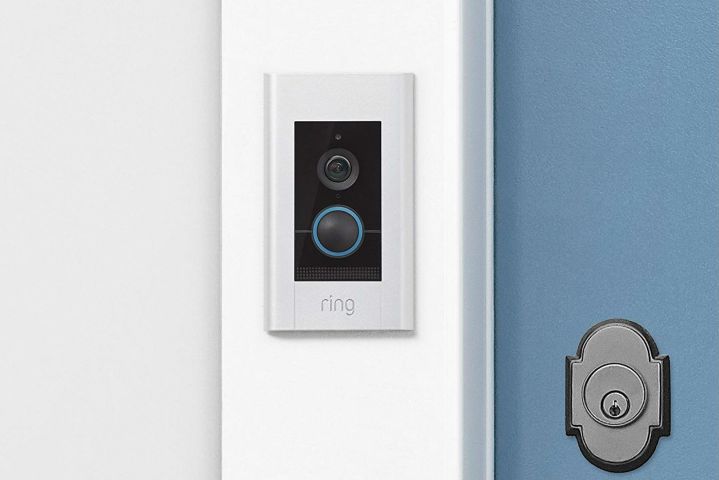
This model is Ring’s professional doorbell option, its most expensive model, and the largest. The product includes a combination of features from other advanced Ring doorbells, including 1080p video, Night Vision, a 160-degree field of view, two-way audio, and advanced motion detection. Some of the most important changes were hardwiring with PoE (Power over Ethernet) for greater reliability, a secure flush mount, and a design to fit standard junction boxes. But it’s been a bit outclassed by the latest releases like the Video Doorbell Pro 2 and Doorbell 4.



